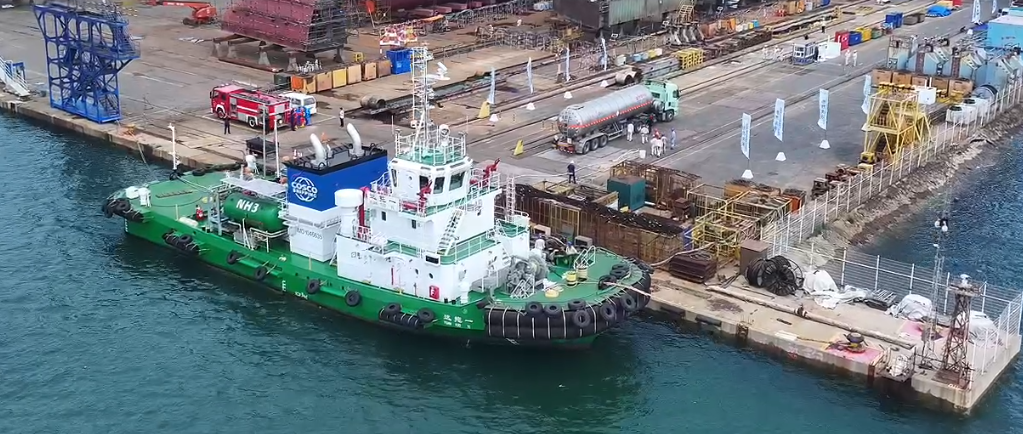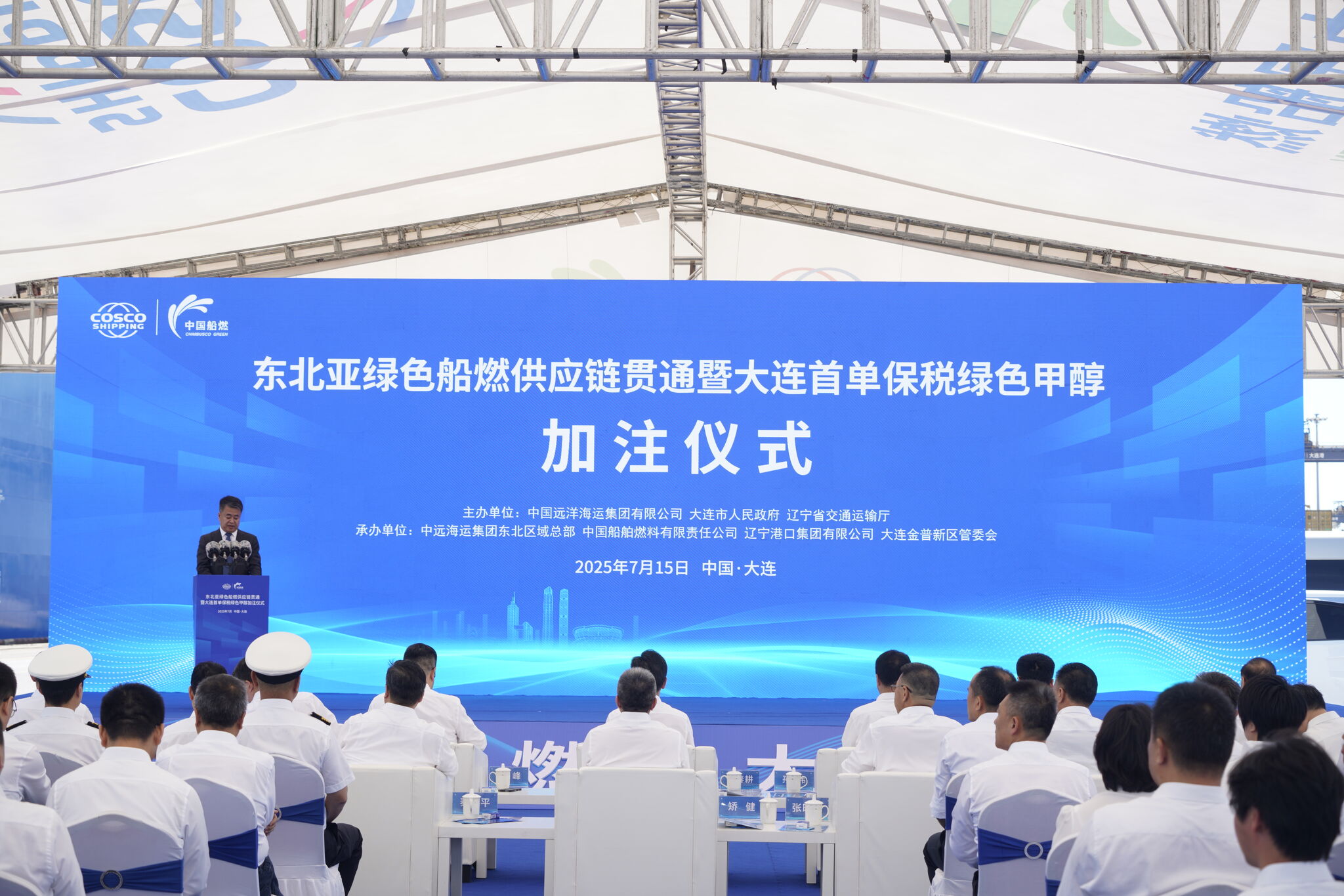
Ports in China are striving to ensure smooth cargo logistics of companies involved in foreign trade amid the lingering COVID-19 epidemic.
Affected by the epidemic, some companies involved in foreign trade faced temporary obstacles such as logistics and transportation inefficiencies, and the flow of import and export goods slowed down in several major ports of China in the first quarter of 2022.
In order to relieve the pressure, the ports have optimized their procedures and promoted the efficient transfer of import and export goods to facilitate foreign trade.
In Qingdao Port, east China's Shandong Province, 50,000 tons of iron ore were directly transferred from a cargo ship to a freight train and sent to a domestic steel enterprise immediately. This new transfer mode called "ship-rail direct transfer" can save six days for customers.
"The 'ship-rail direct transfer' means the containers unloaded from a ship are directly loaded onto a train. This way the containers are no longer stored on the yard. After the on-site inspection and test of samples, containers will be loaded onto freight trains directly," said Wu Xuezhi, deputy manager of Qiangang Branch, Qingdao Port International Co., Ltd.
Many ports have launched the new "ship-rail direct transfer" mode this year, and the overall transfer efficiency has increased by about 30 percent.
In Ningbo-Zhoushan Port of east China's Zhejiang Province, officials have taken measures such as opening additional routes to raise the logistics-and transportation efficiency of international container shipping.
"By opening additional routes and arranging overtime ships, we have enhanced the transportation capacity with increased shipping space of the Ningbo-Zhoushan Port. We're able to ensure the supply of empty containers by coordinating with liner companies and intensifying the efforts to retrieve our empty containers from abroad," said Jiang Tao, deputy manager of Ningbo-Zhoushan Port Co., Ltd.
In the first quarter of 2022, the Ningbo-Zhoushan Port opened eight new ocean-going trunk lines to continents including Europe and South America, and the number of container routes of the port has increased to 294.
"Overcoming the impact of the epidemic, the port achieved a steady growth of production in the first quarter this year. The production is expected to increase by about 3 percent in the first quarter," said He Jie, director of the Container Center of Business Department under Ningbo-Zhoushan Port Co., Ltd.
Source: CCTV
Affected by the epidemic, some companies involved in foreign trade faced temporary obstacles such as logistics and transportation inefficiencies, and the flow of import and export goods slowed down in several major ports of China in the first quarter of 2022.
In order to relieve the pressure, the ports have optimized their procedures and promoted the efficient transfer of import and export goods to facilitate foreign trade.
In Qingdao Port, east China's Shandong Province, 50,000 tons of iron ore were directly transferred from a cargo ship to a freight train and sent to a domestic steel enterprise immediately. This new transfer mode called "ship-rail direct transfer" can save six days for customers.
"The 'ship-rail direct transfer' means the containers unloaded from a ship are directly loaded onto a train. This way the containers are no longer stored on the yard. After the on-site inspection and test of samples, containers will be loaded onto freight trains directly," said Wu Xuezhi, deputy manager of Qiangang Branch, Qingdao Port International Co., Ltd.
Many ports have launched the new "ship-rail direct transfer" mode this year, and the overall transfer efficiency has increased by about 30 percent.
In Ningbo-Zhoushan Port of east China's Zhejiang Province, officials have taken measures such as opening additional routes to raise the logistics-and transportation efficiency of international container shipping.
"By opening additional routes and arranging overtime ships, we have enhanced the transportation capacity with increased shipping space of the Ningbo-Zhoushan Port. We're able to ensure the supply of empty containers by coordinating with liner companies and intensifying the efforts to retrieve our empty containers from abroad," said Jiang Tao, deputy manager of Ningbo-Zhoushan Port Co., Ltd.
In the first quarter of 2022, the Ningbo-Zhoushan Port opened eight new ocean-going trunk lines to continents including Europe and South America, and the number of container routes of the port has increased to 294.
"Overcoming the impact of the epidemic, the port achieved a steady growth of production in the first quarter this year. The production is expected to increase by about 3 percent in the first quarter," said He Jie, director of the Container Center of Business Department under Ningbo-Zhoushan Port Co., Ltd.
Source: CCTV
The opinions expressed herein are the author's and not necessarily those of The Xinde Marine News.
Please Contact Us at:






